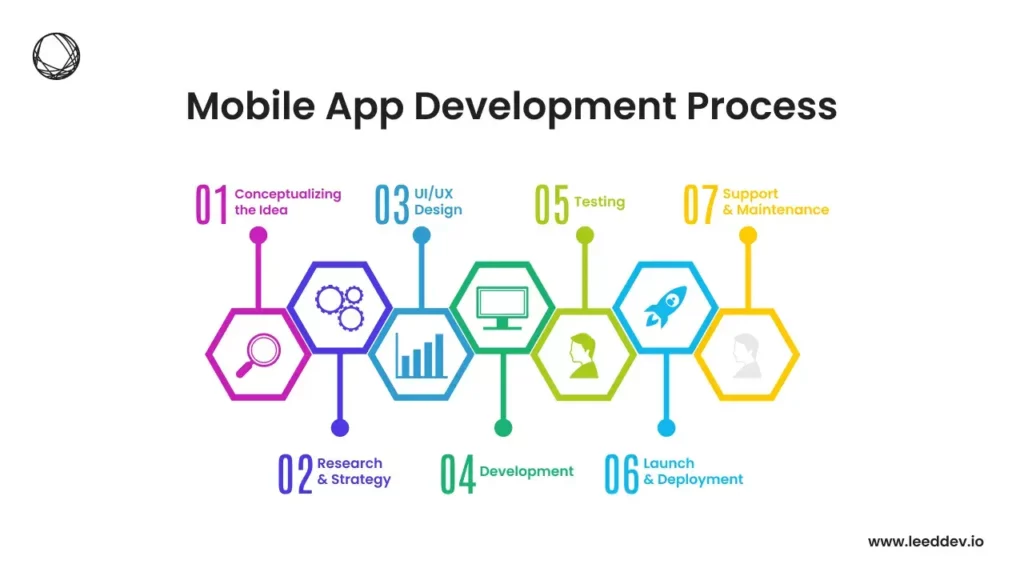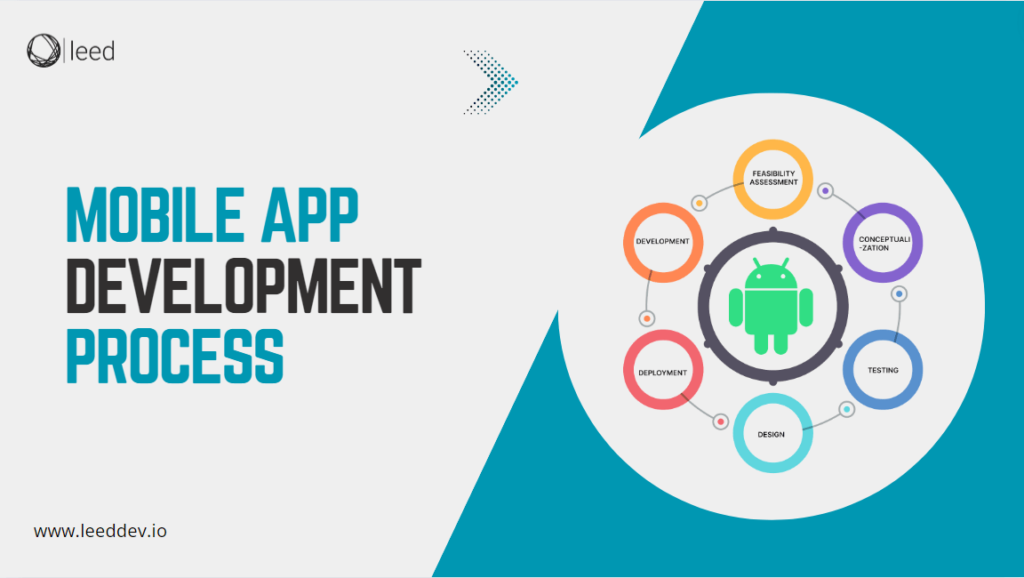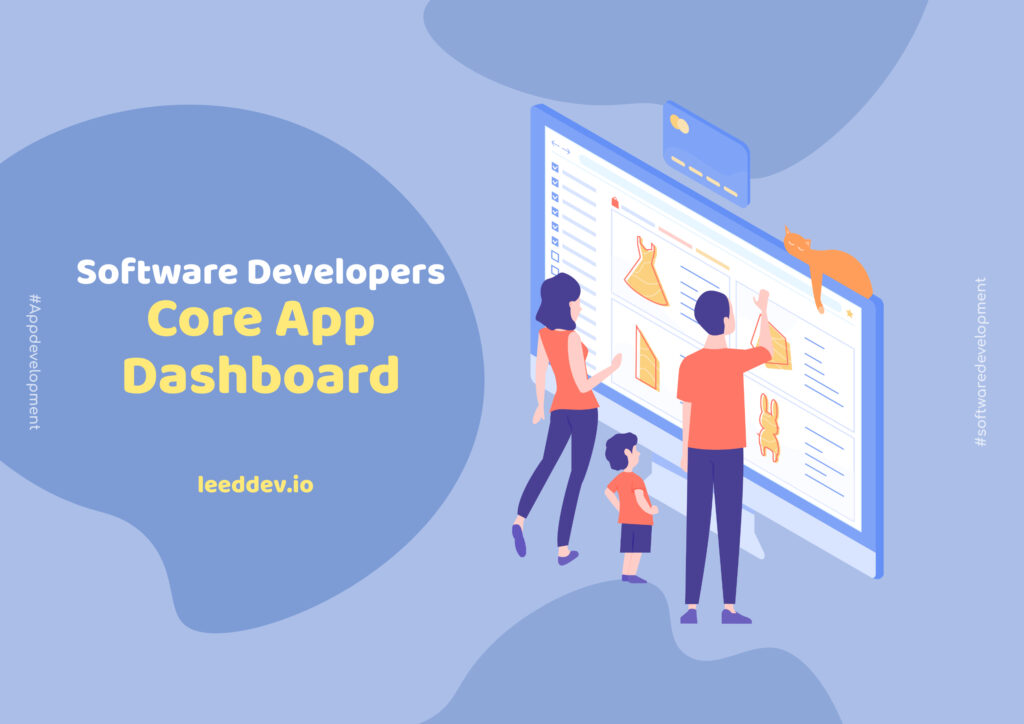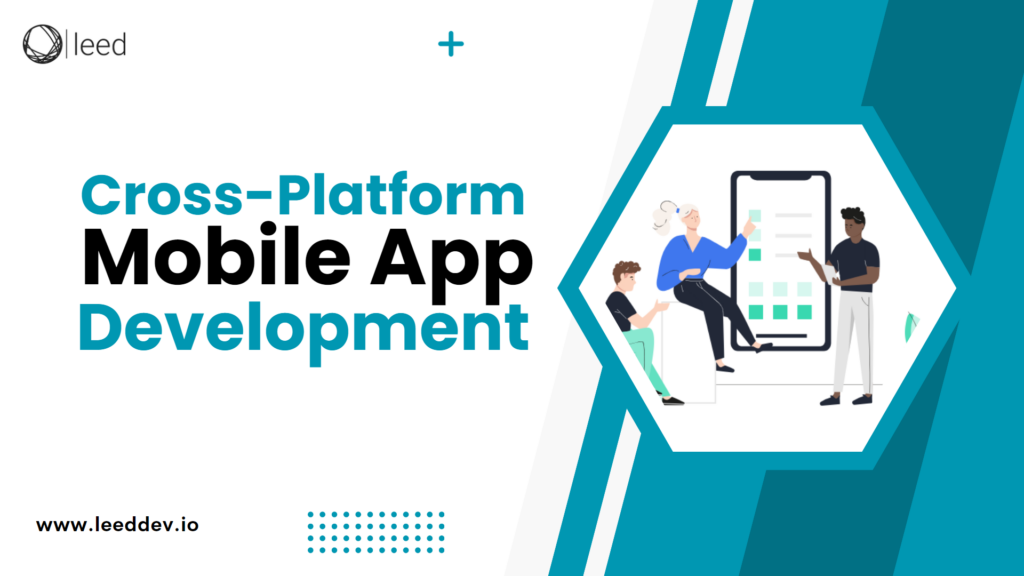About more than 78% of people in the world own mobile phones. Mobile app development is creating software applications that run on mobile devices like smartphones and tablets. Mobile application development has been trending for many years. This process involves designing, programming, testing, and deploying mobile apps for various platforms.
The applications can be pre-installed on the phone or during the manufacturing platform. Mobile app development can be done using multiple programming languages and tools. The apps can range from simple, single-purpose apps to complex, feature-rich apps that connect to back-end systems.
What is App Development?
The process of developing software for mobiles and tablets is mobile app development. The process involves coding and creating a design and software for the app. Web Application development is similar to software development, including web apps. The critical difference between app development and traditional software development is that mobile apps can use native features.
Two apps dominate the global market share for mobile apps that are Apple and Android. Although it is possible to create apps for other platforms, most apps target these markets.
Read also: How to Choose Mobile App Development Company
Mobile App Development Process
Developing a mobile app isn’t just about coding; it’s a journey that involves careful planning, creative designing, thorough testing, and continuous improvements to meet users’ needs. Let’s take a closer look at each step in this process, explaining everything in an easy-to-understand and story-like way.

1. From Idea to Concept
Every app begins as a simple idea. This stage of the mobile app development process is about shaping that idea into something that aligns with your goals.
Vision
First of all that matters is vision. We start by sitting down with you to talk about what your app is all about. For this there will be some questions like:
- What problem will it solve?
- Who’s going to use it?
- What special features will it have?
These questions help us define the core purpose of your app.
Researching the Market
We will take a look at similar apps out there. This helps us see what’s already being done and where your app can stand out and do something better. As competitor analysis is one the most important things and we have to give something more useful.
Setting Clear Goals
Together, we decide what success looks like for your app. If you want more downloads, happy users, or increased revenue these goals will guide us throughout the development process. Once the idea is clear and well-defined, we move forward with deeper research and planning.
2. Research and Strategy
This phase is all about laying a solid foundation by conducting detailed research and creating a strategic plan.
Your Target Audience
First of all, in this state we will figure out who our target audience is. For whom we are going to develop mobile applications? For this we will dive into understanding the needs, habits, and challenges of your target users so we can design something they’ll love.
Select the Right Platform
Now the next step is the selection of the right platform. For this you have to make sure your app is on iOS, Android, or both? We analyze factors like who your users are, your budget, and market trends to help you pick the best platform.
Select the Technology Stack
Choosing the right technology is one of the most important factors that affects the mobile app development process. Based on what your app needs to do. We choose the right technologies and tools. These technologies and tools will make sure it runs smoothly and can grow over time.
Handling Legal Requirements
We make sure your app follows industry rules, privacy laws, and app store guidelines to avoid any problems during launch. By the end of this step, we have a clear plan that guides the next phases, keeping everything aligned with your vision and market needs.
3. User Experience (UX) Design
Our next stage is designing UX. In this stage, we focus on making the app easy to use and enjoyable for your users. The better design leads to happy users.
Creating User Personas
First of all we will build profiles of different types of users. Each profile has specific needs and behaviors that guide how we design the app’s flow. By making these profiles we will have an idea of how we can make it more user friendly for every one.
Mapping the User Journey
We outline the steps users will take, from opening the app to completing tasks. This map will ensure everything feels natural and smooth to the user.
Wireframing
After mapping we will create simple sketches of your app’s layout. These are like blueprints showing where buttons, menus, and content will go, focusing on usability first.
Organizing Information
We arrange the app’s content in a clear and logical way so users can easily find what they need without confusion. The goal here is to create an app that not only meets user needs but feels simple and intuitive to use.
4. User Interface (UI) Design
With the structure set, it’s time to focus on how the app will look. UI design is where creativity meets functionality.
Brand Identity
Colors play a very crucial role in attracting users and customers. But keeping in mind users and your brand’s color we will do something. For this we will incorporate your brand’s colors, fonts, and style to ensure your app looks consistent and professional.
Detailed Mockups
In the next step we will focus on high quality visuals. For this we design high-quality visuals that show exactly how the app will look. This includes screen designs to button placements, giving you a realistic preview.
Interactive Prototypes
In interactive prototypes we create clickable demos that let you experience the app as if it’s live. This allows you to see how everything works together and give feedback.
Final Touches
We refine every detail based on your input, balancing both design aesthetics and ease of use.
This phase is all about transforming rough sketches into a polished design ready for development.
5. Development and Testing
Once the design is ready, we move into the development phase, where coding and testing take place side by side.
Building the Front-End
We code everything users see and interact with, bringing the UI design to life with smooth transitions and responsive layouts. Strong build of front end has a significant impact on users.
Setting Up the Back-End
The back-end powers your app, managing databases, servers, and all the behind-the-scenes operations. Backend operations ensure smooth running of your app.
Integrating APIs
We connect your app to third-party services, like payment gateways or social media platforms, ensuring everything works seamlessly.
Testing for Quality
Testing the app for quality to check whether it’s working properly and accordingly or not is one of the most important steps. We test the app thoroughly during development, catching any issues early on to ensure a smooth experience for users.
User Testing
We invite real users to test the app in real-life situations, gathering feedback to make final adjustments before launching. This step is where your app starts functioning as a real product, ready to move into the launch phase.
6. Launch and Deployment
After development and testing, it’s time to release your app.
Submitting to App Stores
We handle everything needed to get your app published on platforms like the Apple App Store and Google Play. This includes creating listings, adding keywords, and making sure all guidelines are met.
Promoting Your App
A successful launch needs visibility. We can help with marketing strategies, promotional campaigns, and optimizing your app store listing for better reach.
Final Testing
Before launch, we run one last round of tests to make sure everything is perfect and ready for users. Launching isn’t just about making the app available it’s about making sure it reaches the right people and starts strong.
7. Ongoing Support and Improvement
Even after launch, our work doesn’t stop. We focus on keeping your app relevant and up-to-date.
Monitoring Performance
We track how your app performs in real-world conditions, fixing any issues like crashes or slow load times as needed. By this your app will be working efficiently.
Listening to Feedback
Users feedback is everything that we need for further improvement. We pay attention to what users are saying and use that feedback to make updates, add new features, and improve the overall experience.
Providing Long-Term Support
Technology keeps changing, and so should your app. We provide ongoing maintenance to ensure your app stays secure, updated, and competitive over time.
This final step ensures that your app remains successful well beyond its initial launch, evolving to meet user expectations and technological advancements.
Platforms for Mobile App Development
There are several platforms available for mobile app development. Some of the popular ones are:
- BuildFire: BuildFire is a mobile app development platform that allows users to create custom mobile apps for iOS and Android. Users with no coding or technical expertise use this platform. It provides a drag-and-drop interface for creating and customizing the app’s layout and features. This platform also offers a wide range of pre-built components and integrations. BuildFire is a versatile and cost-effective solution for mobile app development.
- Flutter: Flutter is a mobile application development framework created by Google. It was released in 2017. Flutter uses Dart, C, and C++ programming languages. It is used to develop Android, iOS, Linux, Mac, Windows, and web applications. It is used to create high-performance mobile apps for both platforms with a single codebase. It also includes a rich set of customizable widgets. These widgets can be used to build natively compiled mobile, web, and desktop applications.
- Xamarin: Xamarin is an open-source platform for building cross-platform mobile applications using C# and the .NET framework. It allows developers to share up to 90% of their code across multiple platforms, including Android, iOS, and Windows. Additionally, it includes a library of pre-built controls and classes for standard mobile app functionalities. This platform is popular because it provides a visual designer for building the user interface of an app. This is done by using the XAML markup language.
- Adobe PhoneGap: It is a mobile application development framework that allows developers to create cross-platform mobile apps using HTML, CSS, and JavaScript. PhoneGap utilizes the open-source Apache Cordova platform. It offers a range of APIs to access native device features like the camera, accelerometer, and contacts.
Conclusion
A mobile app is a software application thats run on smartphones, tablets, and other mobile devices. App development is a complex process that involves several steps, including planning, design, testing, and deployment. Mobile apps are designed for various platforms, such as Android, iOS, and Windows.
These apps can be used for many purposes, including social networking, productivity, and more. The success of a mobile app depends on its ability to meet the needs of its users. A well-designed and well-functioning app can provide a positive user experience and achieve success in the marketplace.
Choosing the best approach for app development steps depends on various factors such as budget, timeline, and technical expertise. The app’s functionality must align with its primary purpose. The interactive features should be user-friendly and easy to navigate. There are many different options available for app development. The most suitable one will depend on the unique circumstances of each project.
Frequently Asked Questions (FAQs)
Question No: 1 What 5 factors are important for developing a mobile device?
Answer: When it comes to developing a mobile device, there are five crucial factors to consider:
- Performance
- Battery Life
- Connectivity
- User Experience
- Security and Privacy
Question No: 2 What factors would you consider when designing a mobile app?
Answer When designing a mobile app, several factors need to be considered to ensure its success and user satisfaction:
- User Interface (UI) and User Experience (UX)
- Functionality and Purpose
- Performance and Speed
- Platform Compatibility
- Accessibility
- Security and Privacy
- Regular Updates and Maintenance
Question No: 3 What are the factors affecting mobile app development cost?
Answer Several factors can influence the cost of mobile app development:
- The complexity of the app and the number of features it offers play a significant role in determining the development cost
- The choice of platforms (iOS, Android, or both) and devices (smartphones, tablets) on which the app will be compatible affects the development cost.
- The complexity and customization of the app’s design impact the development cost
- Backend Development and APIs with advanced features will involve additional development effort and cost.
- Integrating third-party services, such as payment gateways, social media platforms, mapping services, or analytics tools, can increase development costs
- The size, experience, and location of the development team also affect the cost
- Ongoing maintenance and updates to address issues can also affect the budget.
Question No: 4 What are the main requirements for app development?
Answer When it comes to app development, several main requirements need to be considered:
- Clear Purpose and Target Audience
- Platform Selection
- Functional Requirements
- User Experience (UX) and User Interface (UI) Design
- Technical Architecture
- Testing and Quality Assurance
- Deployment
- Maintenance and Updates
Question No: 5 Why is design the most important factor in mobile app development?
Answer Design is the most important factor in mobile app development because it directly impacts the user experience (UX). A well-designed app enhances usability, navigation, and interaction, leading to a positive user experience.
Question No: 6 Why is mobile app development difficult?
Answer Mobile app development is challenging due to platform diversity, device fragmentation, evolving technologies, and the need for seamless user experience. Developers must navigate various operating systems, screen sizes, and hardware capabilities.
Question No: 8 What are the 3 pros and 3 cons of mobile apps?
Answer Three advantages of mobile apps are:
- Enhanced User Experience
- Accessibility and Convenience
- Improved Engagement and Customer Loyalty
Three disadvantages of mobile apps are:
- Increased Development and Maintenance Costs
- Limited for specific platform
- Requires approval process of respective app stores
Question No: 9 What are key success factors in the smartphone industry?
Answer Several key success factors contribute to the success of companies in the smartphone industry:
- Innovation and Technological Advancement
- User Experience and Design
- Branding and Marketing
- Ecosystem Integration and Services
- Distribution and Sales Channels
- Adaptability and Market Trends
Question No: 10 How can I improve my app performance?
Answer To improve app performance, follow these strategies:
- Optimize code and algorithms for efficiency.
- Manage memory effectively to avoid leaks and reduce usage.
- Minimize network calls and optimize data synchronization.
- Compress and optimize media assets for faster loading.
- Utilize multithreading and asynchronous operations.
- Conduct regular performance testing and analysis.
- Stay updated with platform updates and user feedback for optimization opportunities.
Question No: 11 What are the 5 steps of developing an app?
Answer The app development process typically involves the following five steps:
- Conceptualization and Planning
- Design and Prototyping
- Development
- Testing and Quality Assurance
- Deployment and Maintenance
Question No: 12 Which app development company is best?
Answer: Determining the best app development company depends on various factors, including project requirements, budget, and specific needs. Several renowned and reputable app development companies have established themselves in the industry. Leed Software Development is one of the best development company




